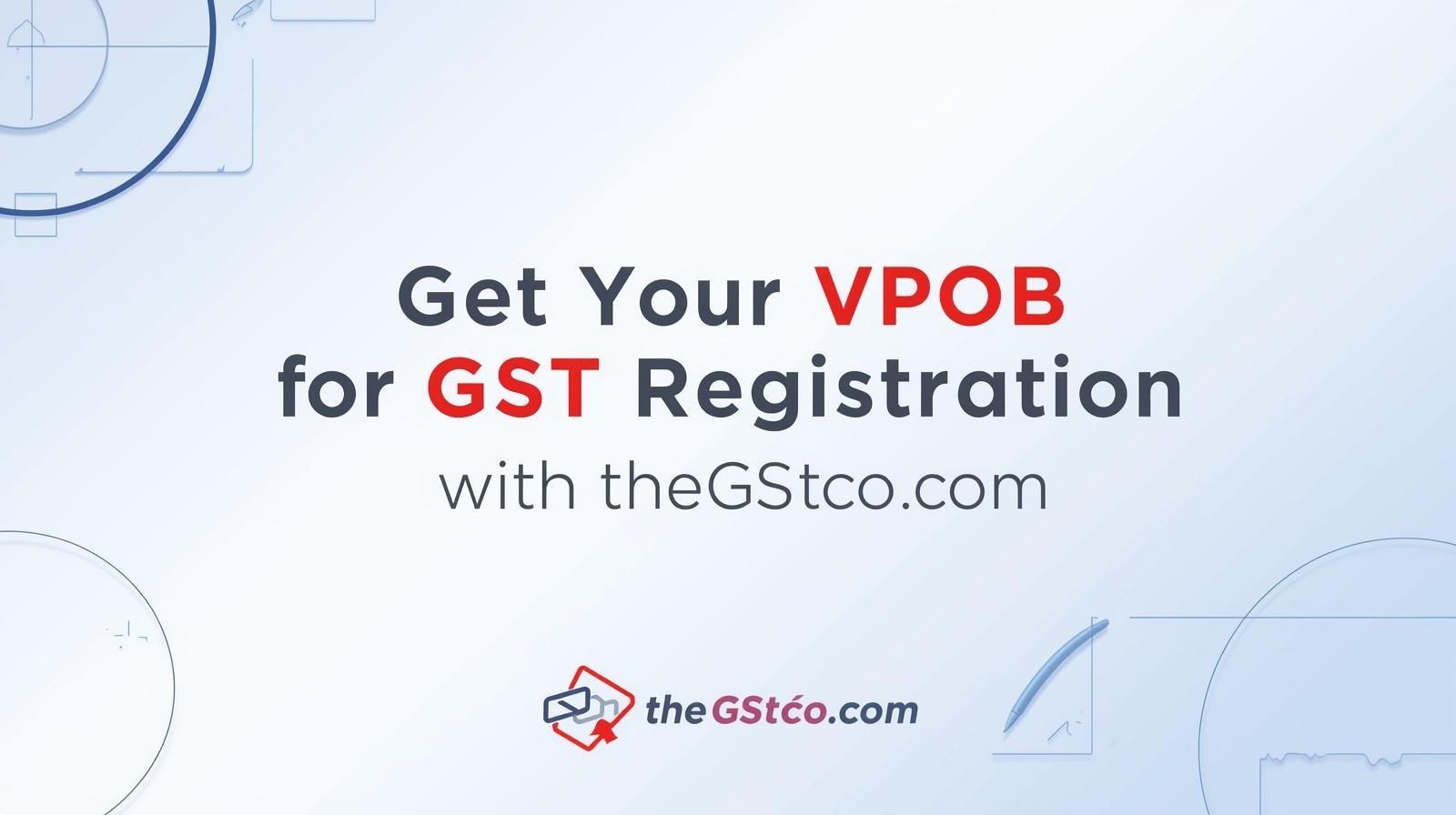If you want your firm to be legal and trustworthy, you must register it for the Goods and Services Tax (GST). But a lot of new business owners make small mistakes along the way that could cause their applications to be denied or take longer to get approved. As more people use virtual offices and VPOB for GST Registration, it’s even more important to know how to register for GST appropriately.
A VPOB lets businesses that don’t have a permanent office sign up for GST using a real virtual address. It’s a great choice for people who work for themselves, new businesses, and people who sell things online. But even with this freedom, some mistakes that happen a lot can cause problems later. Let’s talk about the most common mistakes people make when they sign up for GST and how to avoid them.
Business Information That Is Wrong or Missing
The most common mistake is to enter wrong or incomplete information. A lot of people who apply for GST fill out their forms quickly and don’t pay attention to small details like how to spell their business name, PAN number, or address. If your PAN information doesn’t line up exactly with your business records, it can be hard to check it.
You need to check that all the paperwork the virtual office provider sends you are the same as what you wrote in your GST registration application. The lease, the electricity bill, and the letter of permission should all have the same business name and address. You could be turned down if you make a mistake.
Choosing the Wrong Type of Business
When they register, a lot of business owners choose the wrong kind or type of business. For instance, a freelancer can choose “Private Limited Company” by mistake instead of “Proprietorship.” A lot of the time, folks who sell things online don’t say that they do, which makes things hard later on.
This mistake could make it hard for you to follow the regulations when you file your taxes or grow your business. Before you apply, make sure you know exactly how your business works. If you’re not sure, you may always ask your VPOB provider or a GST adviser for help choosing the right type of business.
Using an Address That Doesn’t Work
Using an address that isn’t real or can’t be checked is another big mistake. According to GST rules, your firm must be located in a place that is legal and easy to find. You need to have the right documentation with your VPOB address, like a registered lease, a utility bill, and a letter from the owner indicating you can reside there.
A lot of customers choose cheap or unconfirmed suppliers who give them fake or repetitive addresses. This could mean that your GST number is rejected or possibly canceled in the future. Always choose a real VPOB service that gives you addresses that are legal in all states.
Uploading Documents That Aren’t Very Good
Another reason why a lot of applications are turned down is that the scans of the documents are blurry, cut off, or hard to see. All documents must be clear and easy to read on the GST site. Officers check them by hand before giving their clearance. If they can’t read your PAN, Aadhaar, or rent agreement, they might ask you a question or turn down your application.
Check that your documents are scanned in color all the way to the edges. When you choose a good VPOB supplier, they will usually give you digital copies of all the documents you need that have already been scanned. This makes things easier and less likely to go wrong.
People Aren’t Talking About All the Places Where Businesses Are Located
You can have more than one place of business under GST, but only one main one. Many stores forget to list the addresses of their warehouses or places where they ship orders. If you don’t say this, you could get in trouble during an inspection.
You have to register for GST in each state where your business sells goods. If that’s the case, you can stay in compliance without having to keep physical offices by having a VPOB at each site. It makes it easier for you to join up and makes sure you follow the rules in every state where you sell.
Not Paying Attention to What You Need to Do to Get Approval
A business owner or signatory must write a letter of permission for every GST application. A lot of people don’t attach it or use the wrong format. Your application could stay pending if you don’t do this.
When you apply with a VPOB, the provider usually sends you a letter saying you were approved and additional papers, like a utility bill and a leasing agreement. Before you send the letter, make sure it has your name, title, and correct signature.
Taking Longer to Answer Questions About GST
After you send in your application, the GST department may ask for more information or documents. Some people who apply don’t check their email or the GST portal for updates. If you don’t reply by the deadline, your application will be turned down.
Check on the status of your application often. If you use a good VPOB provider to apply, they will usually help you with these kinds of questions right away. This makes sure that your registration is approved immediately away.
Final Words
If you pay attention to the details, it’s not hard to get your GST registration approved the first time. You may easily avoid most mistakes, such giving the wrong address, using the wrong documents, or giving the wrong information, if you put in some effort and stay organized.
